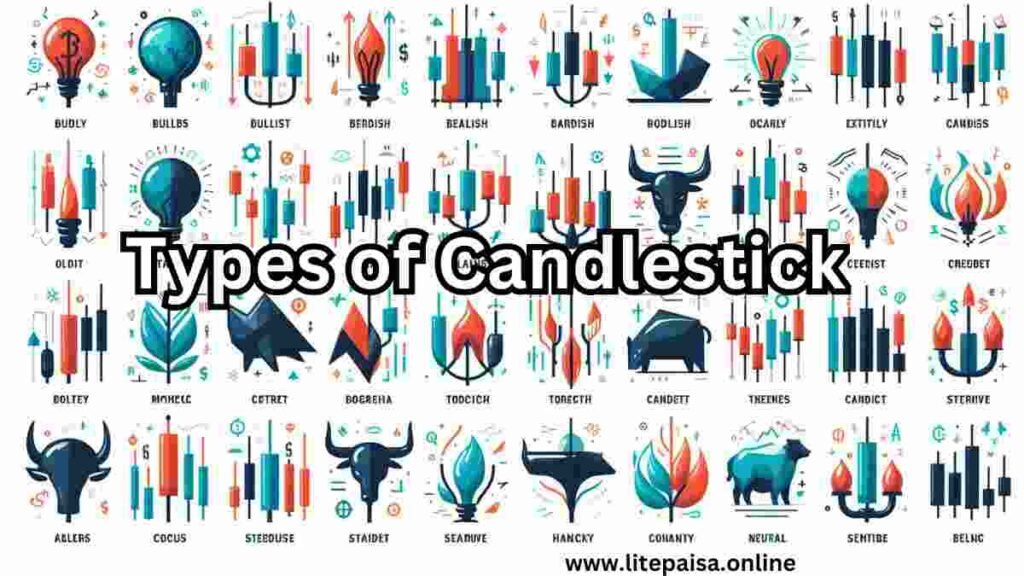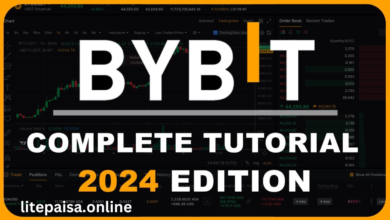Forex Candlestick Patterns: Mastering the Art of Market Prediction
Forex candlestick patterns

Forex candlestick patterns are graphical representations of price movements in the forex market. They originated in Japan and have been used for centuries. These patterns help traders identify potential reversals, continuations, and indecision in the market. By analyzing candlestick patterns, traders can gain insights into market psychology and make more informed trading decisions.
1. History and Origin of Candlestick Patterns
The concept of candlestick patterns dates back to the 18th century when Japanese rice traders developed a method to visually interpret market price movements. Forex Candlestick Patterns The technique was later introduced to the Western world by Steve Nison in his book “Japanese Candlestick Charting Techniques.” The simplicity and effectiveness of candlestick patterns have made them popular among traders worldwide.
2. Anatomy of a Candlestick

Each candlestick represents a specific time period and consists of three main components:
- Body: The body of the candlestick represents the opening and closing prices of the asset during the chosen time period. A filled or colored body indicates a bearish period (close price lower than open), while an empty or uncolored body signifies a bullish period (close price higher than open).
- Wick/Shadow: The wicks, also known as shadows, extend from the top and bottom of the body and represent the highest and lowest prices during the time period.
- Color: Traditional candlestick charts use two colors to distinguish between bullish and bearish periods. Typically, green or white indicates bullish (price going up), and red or black signifies bearish (price going down).
3. Types of Candlestick Patterns Forex Candlestick Patterns

Candlestick patterns can be classified into three main categories: bullish, bearish, and neutral. Each category provides different insights into potential market movements.
Bullish Patterns
Bullish patterns indicate a potential upward reversal in price and suggest buying opportunities.
- Hammer
- Bullish Engulfing
- Morning Star
- Piercing Line
Bearish Patterns
Bearish patterns signal a potential downward reversal in price and suggest selling opportunities. Key bearish patterns include:
- Hanging Man
- Bearish Engulfing
- Evening Star
- Dark Cloud Cover
Neutral Patterns
Neutral patterns often indicate market indecision and can precede either a continuation or a reversal. Common neutral patterns are:
- Doji
- Spinning Top
4. Most Common Candlestick Patterns in Forex Trading

Understanding and recognizing specific candlestick patterns can significantly enhance a trader’s ability to predict market trends. Forex Candlestick Patterns Let’s explore some of the most widely used patterns in forex trading:
Doji
A Doji occurs when the opening and closing prices are nearly equal, creating a candlestick with a very small body and long wicks. It signifies market indecision and often precedes a reversal.
- Long-Legged Doji: Indicates indecision with long wicks on both sides.
- Dragonfly Doji: A bullish pattern with a long lower wick.
- Gravestone Doji: A bearish pattern with a long upper wick.
Hammer and Hanging Man
Both the Hammer and Hanging Man have small bodies with long lower wicks. However, their significance differs based on their position in the trend.
- Hanging Man: A bearish reversal pattern found at the top of an uptrend.
Engulfing Patterns
Engulfing patterns consist of two candlesticks, where the second candlestick completely engulfs the body of the first.
- Bullish Engulfing: A bullish reversal pattern that appears at the end of a downtrend.
- Bearish Engulfing: A bearish reversal pattern that appears at the end of an uptrend.
Morning Star and Evening Star
The Morning Star and Evening Star are three-candlestick patterns that signal reversals.
- Morning Star: A bullish reversal pattern consisting of a long bearish candle, a small indecisive candle, and a long bullish candle.
- Evening Star: A bearish reversal pattern with a long bullish candle, a small indecisive candle, and a long bearish candle.
Shooting Star
The Shooting Star is a bearish reversal pattern characterized by a small body and a long upper wick, appearing at the end of an uptrend.
5. How to Use Candlestick Patterns for Market Analysis

Using candlestick patterns effectively requires understanding the context in which they occur. Here are some key steps to incorporate candlestick patterns into your market analysis:
- Identify the Trend: Determine the prevailing trend before analyzing candlestick patterns. Patterns are most reliable when they align with the overall market trend.
- Confirm with Volume: Higher trading volume during the formation of a pattern adds credibility to its potential outcome.
- Use Timeframes Wisely: Analyze patterns across multiple timeframes to gain a comprehensive view of the market.
Combine with Support and Resistance Levels: Forex Candlestick Patterns are more reliable when they occur near key support and resistance levels.
6. Combining Candlestick Patterns with Other Indicators
- Moving Averages: Help confirm trend direction and potential reversals.
- Fibonacci Retracement: Identifies potential reversal levels.
By combining these indicators with candlestick patterns, traders can make more informed decisions and increase their chances of success.
7. Common Mistakes to Avoid Forex Candlestick Patterns

While candlestick patterns are powerful tools, traders should be aware of common mistakes to avoid:
- Ignoring Market Context: Focusing solely on patterns without considering the broader market context can lead to false signals.
- Overtrading: Relying too heavily on patterns and ignoring other factors can result in overtrading.
- Lack of Confirmation: Failing to confirm patterns with additional indicators or analysis can lead to incorrect decisions.
- Emotional Trading: Allowing emotions to influence trading decisions can lead to impulsive and irrational actions.
8. Conclusion: Mastering Candlestick Patterns for Successful Trading
In conclusion, mastering forex candlestick patterns can significantly enhance a trader’s ability to predict market movements and make informed trading decisions. By understanding the history, structure, and significance of various patterns, traders can unlock valuable insights into market psychology. Combining candlestick patterns with other technical indicators and analysis techniques can further increase their effectiveness. As with any trading strategy, practice and experience are essential for success. By continuously learning and refining your skills, you can become a proficient trader and navigate the complexities of the forex market with confidence.
Learn More: Free Fire Update



